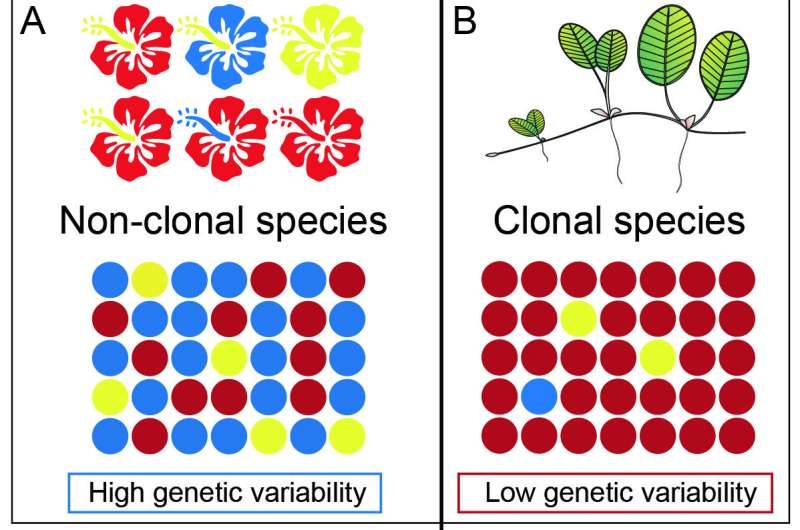Groundbreaking research uncovers how changes in plant reproductive strategies shape genetic diversity and drive evolutionary patterns, offering insights into the dynamic interplay between ecology and evolution.

Reassembling the woven evolutionary tapestry
The lineage Irregulares+Heterisia forms the earliest diverging clade of this genus, and a study by Hang SUN (Kunming Institute of Botany of Chinese Academy of Sciences) provides new insights into the evolutionary trajectories among these members.
A comprehensive phylogenetic framework for relationships among close to 500 species in the high-altitude flowering plant lineage Saxifragaceae s.str. Was reconstructed with a multilocus (three loci) dataset including nuclear low-copy genes, and narrative histories of related chloroplast genomes and whole genome duplications were elucidated. After the completion of this detailed analysis, they unraveled a complex tale about seed dispersal strategies and how selection for breeding systems reshaped territorial evolution across time.
We show a trend towards declining clonality over time, with more recently diverged non-clonal species displaying higher morphological and genetic diversity and faster rates of differentiation relative to their early-diverged clonal counterparts. This curious observation provides a clue that the shift from clonal to sexual reproductive mode might have played a significant role in the species evolution history of this plant lineage.
Ecological correlates and mitigation efforts
Specifically, they carried out a detailed analysis of the ecological consequences of shifts in reproductive mode, by studying the niche and distribution range difference between clonal and non-clonal species within the Irregulares+Heterisia lineage.
The scientists used ecological niche modeling (ENM) to show that clonal species differ from their non-clonal counterparts by having substantially broader geographic ranges and larger ecological niches. Thus, it may be a strategy that confers clonality as an advantageous life history strategy to survive in different environments from the deterred state of an evolutionary living dead.
The insights into these ecological and evolutionary consequences of changes in reproductive strategies allow the researchers to learn more about the interplay between a plant´s life history, its genetic diversity, and its adaptability to new environments. Understanding this breadth of variation in morphology among populations sheds light on conservation efforts, species management, and the overall landscape of factors driving the emergence of new plant lineages.
Conclusion
This case study provides an example of how great shifts in plant reproductive strategies can affect genetic diversity, patterns of diversification, and the ability to adapt ecologically. The results challenge the view of clonality as an evolutionary dead-end and argue for its status as a plastic life history strategy that enables plants to cope with broad environmental variability. As our understanding of plant evolution continues to advance, the information in these studies can help us toward a greater comprehension of the complex and vibrant ways that nature operates.
